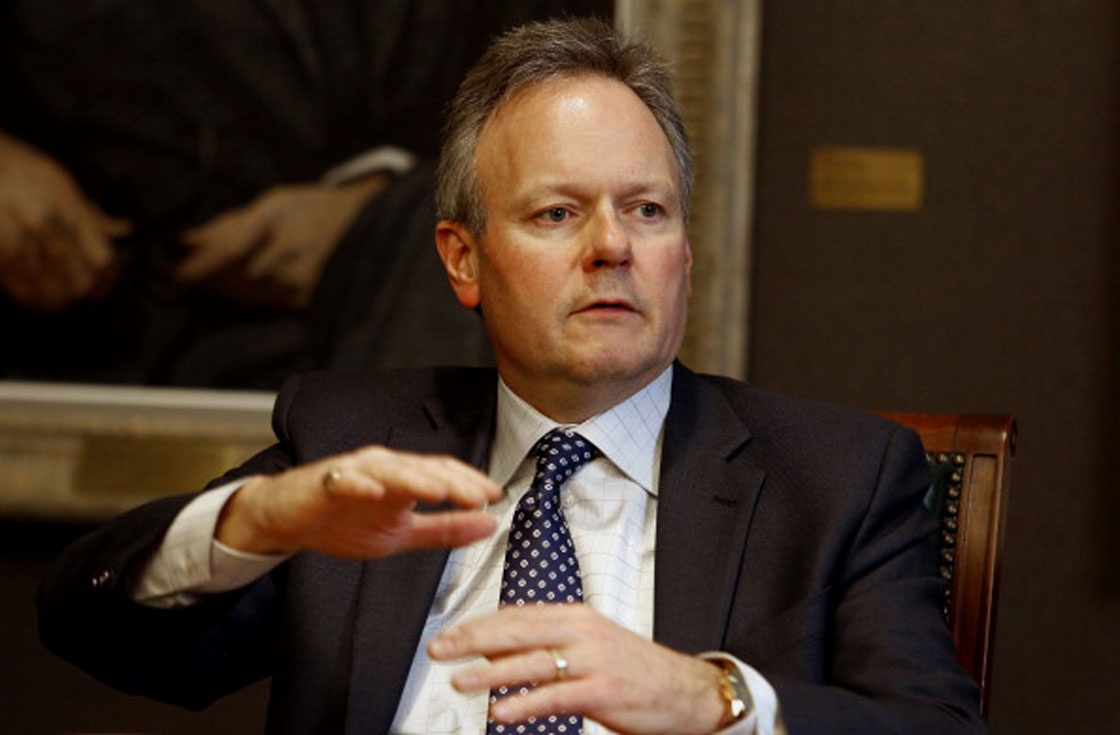With banks cutting mortgage rates again and the Bank of Canada walking a fine line between curbing household borrowing while fighting low inflation, much is being made of borrowing rates and where they may be headed. Below are five questions that try to make sense of the noise:

Why are interest rates in focus at the moment?
Borrowing rates are garnering a lot of attention right now because there’s much uncertainty about everything from the housing market to what direction the Canadian economy is headed in. Big banks have begun lower mortgage rates again as sales activity has slowed and competition for fewer borrowers has picked up.
The Bank of Canada meanwhile is maintaining its trend-setting benchmark interest rate at 1.0 per cent. That rate is what influences lending rates among the banks and there has been speculation that the BoC could actually cut rates in a bid to juice a sluggish economy. But with Canadian households already highly indebted, officials are hesitant to create more borrowing room.
How does the Bank of Canada rate affect borrowing rates from the bank?
Lenders set their prime rates, or the minimum interest they charge their customers, based off the BoC’s key rate. “The big banks peg their prime rate against that rate, and that prime rate is the best rate a bank will lend their best customers,” says Kelvin Mangaroo of ratesupermarket.ca, a site that tracks consumer borrowing rates.
With the BoC rate at 1.0 per cent, the private lenders’ prime rate is sitting at 3.0 per cent. These rates are extraordinarily low by historical standards, after central banks slashed benchmark interest rates to near zero during the global downturn to help get credit flowing again.
- RCMP arrests alleged hitmen accused of killing B.C. Sikh leader
- Fall COVID-19 vaccine guidelines are out. Here’s what NACI recommends
- Some 2019 candidates ‘appeared willing’ to engage with foreign interference: Hogue inquiry
- Thousands of Canada’s rail workers have a strike mandate. What happens now?
One unintended consequence of the present ultra-low interest rate environment for economies like Canada’s, which is thought to have a sturdier financial system compared to others, has been a household borrowing boom that’s found an outlet in a now very pricey real estate market financed generously with debt.
If excessive borrowing is a concern, why doesn’t the BoC raise its rate?
With current rates so low, a hike of even a modest amount – say half a percentage point, or 0.5 per cent – would jack mortgage and other loan payments by a significant degree, experts say.
A rise of 0.7 per cent on a loan carrying an interest rate of 3.5 per cent, for example, would mean a hike of 20 percent on your monthly interest payment. Could you afford that? Without scaling back other spending? The one-third of Canadian mortgage holders who have variable rate mortgages would immediately feel the pinch.
Why are banks cutting their mortgage rates?
You may have noticed that the big banks, led first by Royal Bank of Canada but quickly matched by Scotia, BMO and today, TD, are once again cutting their fixed five-year rates on home loans. Mangaroo says that because their own funding rates have fallen in recent weeks they can afford to pass those lower rates onto Joe Homebuyer. The banks are also fighting with themselves and cut-rate broker lenders over a shrinking pool of borrowers as consumers hit their limit on how much they can borrow, experts say.
While the Bank of Canada overnight rate doesn’t directly influence mortgage rates, a cut today would have put even more indirect downward pressure on home lending rates. Policy-makers have expressed ongoing concern about the effect higher rates will have on homebuyers who have taken on huge mortgages at extraordinarily low lending rates.
Will interest rates rise or fall this year?
It’s looking increasingly like interest rates won’t be heading higher anytime soon, according to experts. “From a consumer perspective, it looks like low interest rates are going to be here to stay for the next little while,” Mangaroo said.
“We remain comfortable with our forecast for interest rate hikes to be a long way off on the horizon, likely in the second half of 2015,” economists at TD Bank said Wednesday.
Whether they fall further will depend on the performance of the economy. A weakening economic picture could prompt the Bank of Canada to actually cut its rate to below 1 per cent again, but it also risks continuing a borrowing spree households can likely ill afford, experts say.



Comments